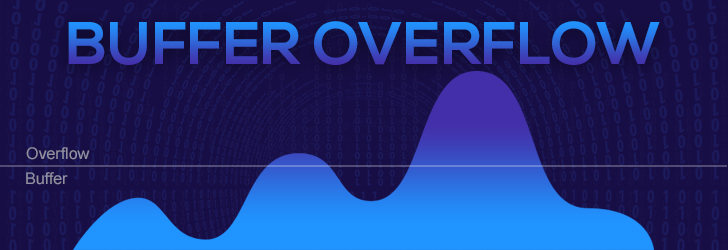
Ransomware is a type of malware that locks users from accessing their data in their computer or any mobile device. To unlock their data, the users must pay a certain amount of ransom, this is mainly done by the payment method which uses Bitcoin. Although paying is an option in recovering your data, it is recommended not to pay because we cannot guarantee the promise of the attackers.








